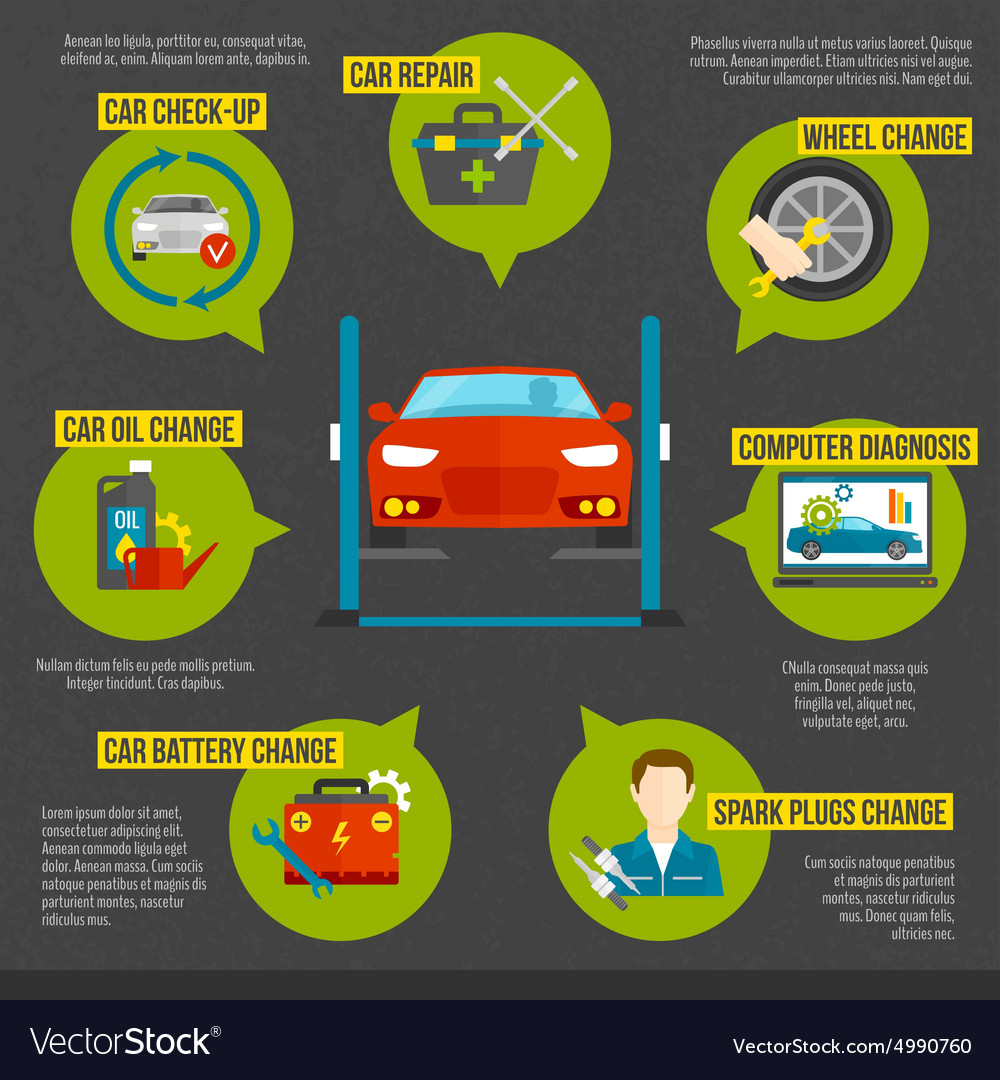Comprehending The Meaning Behind Your Vehicle'S Warning Lighting: An Extensive Look
Comprehending The Meaning Behind Your Vehicle'S Warning Lighting: An Extensive Look
Blog Article
Short Article By-Lauritsen Kejser
When you lag the wheel, those glowing warning lights on your dashboard can be a bit complicated. Do you recognize what they're attempting to tell you concerning your car's health and wellness? Understanding the importance of these lights is crucial for your safety and security and the durability of your car. So, the next time one of those lights turns up, wouldn't you want to decode its message accurately and take the needed steps to address it?
Common Warning Lights and Interpretations
Determine usual caution lights in your automobile and comprehend their meanings to ensure risk-free driving.
One of the most typical warning lights consist of the check engine light, which indicates issues with the engine or discharges system. If this light comes on, it's critical to have your vehicle examined quickly.
The oil pressure warning light shows low oil pressure, needing immediate attention to prevent engine damages.
A blinking battery light could suggest a damaged billing system, potentially leaving you stranded otherwise attended to.
The tire stress monitoring system (TPMS) light informs you to reduced tire pressure, affecting vehicle stability and gas efficiency. Overlooking this could cause harmful driving conditions.
The abdominal light suggests a trouble with the anti-lock stopping system, jeopardizing your capacity to stop promptly in emergencies.
Finally, the coolant temperature level cautioning light warns of engine overheating, which can lead to severe damage otherwise resolved promptly.
Recognizing these usual caution lights will certainly help you resolve problems immediately and keep secure driving conditions.
Relevance of Prompt Interest
Understanding the common warning lights in your vehicle is just the primary step; the relevance of without delay resolving these cautions can not be highlighted enough to ensure your safety when driving.
When a warning light illuminates on your dashboard, it's your vehicle's means of communicating a possible issue that needs attention. Overlooking these warnings can cause much more extreme issues in the future, jeopardizing your security and possibly costing you a lot more out of commission.
Trigger focus to cautioning lights can stop malfunctions and accidents. As an example, a blinking check engine light can show a misfire that, if left unattended, can cause damage to the catalytic converter. Resolving https://car-ecu-tuning94837.bloggosite.com/36505623/fast-and-easy-vehicle-detailing-a-newbie-s-overview-to-finishing-in-under-an-hour without delay can save you from a pricey fixing.
Similarly, a brake system alerting light could indicate reduced brake liquid or used brake pads, crucial components for your safety and security when driving.
Do It Yourself Troubleshooting Tips
If you notice a caution light on your dashboard, there are a few DIY troubleshooting ideas you can attempt prior to seeking professional aid.
The very first step is to consult your car's guidebook to recognize what the particular warning light shows. In what is car grooming can be as straightforward as a loose gas cap causing the check engine light. Tightening up the gas cap might deal with the problem.
Another usual problem is a reduced battery, which can trigger different advising lights. Examining the battery links for corrosion and guaranteeing they're safe and secure might take care of the problem.
If a caution light lingers, you can try resetting it by separating the car's battery for a couple of mins and afterwards reconnecting it. Furthermore, inspecting your lorry's liquid levels, such as oil, coolant, and brake liquid, can aid fix alerting lights related to these systems.
Conclusion
Finally, comprehending your auto's caution lights is vital for keeping your automobile running smoothly and safely. By without delay dealing with these alerts and understanding what they indicate, you can stay clear of costly repair work and possible break downs.
Remember to consult your car's guidebook for particular information on each advising light and take action accordingly to make certain a hassle-free driving experience.
Remain notified, stay safe on the road!
